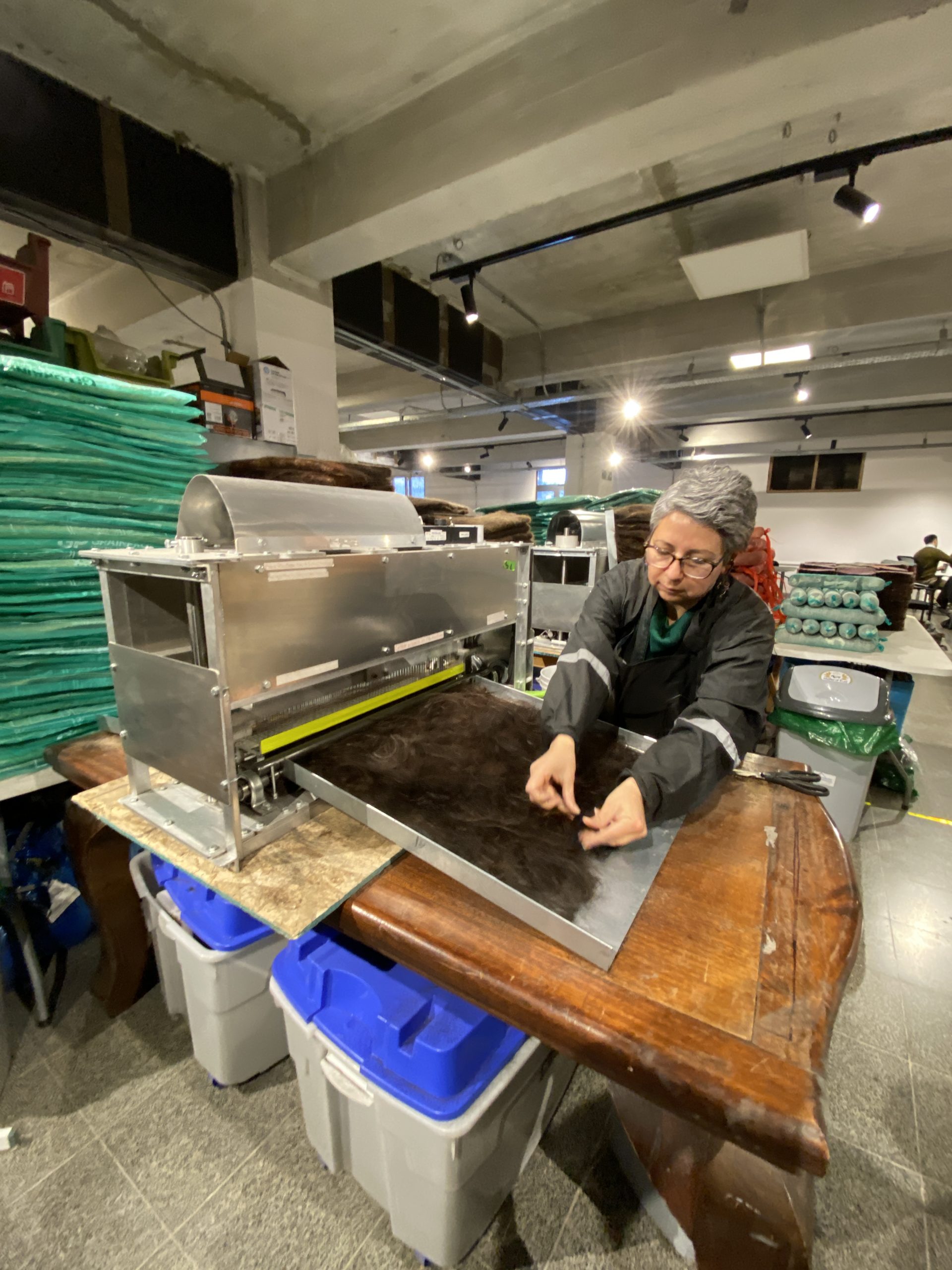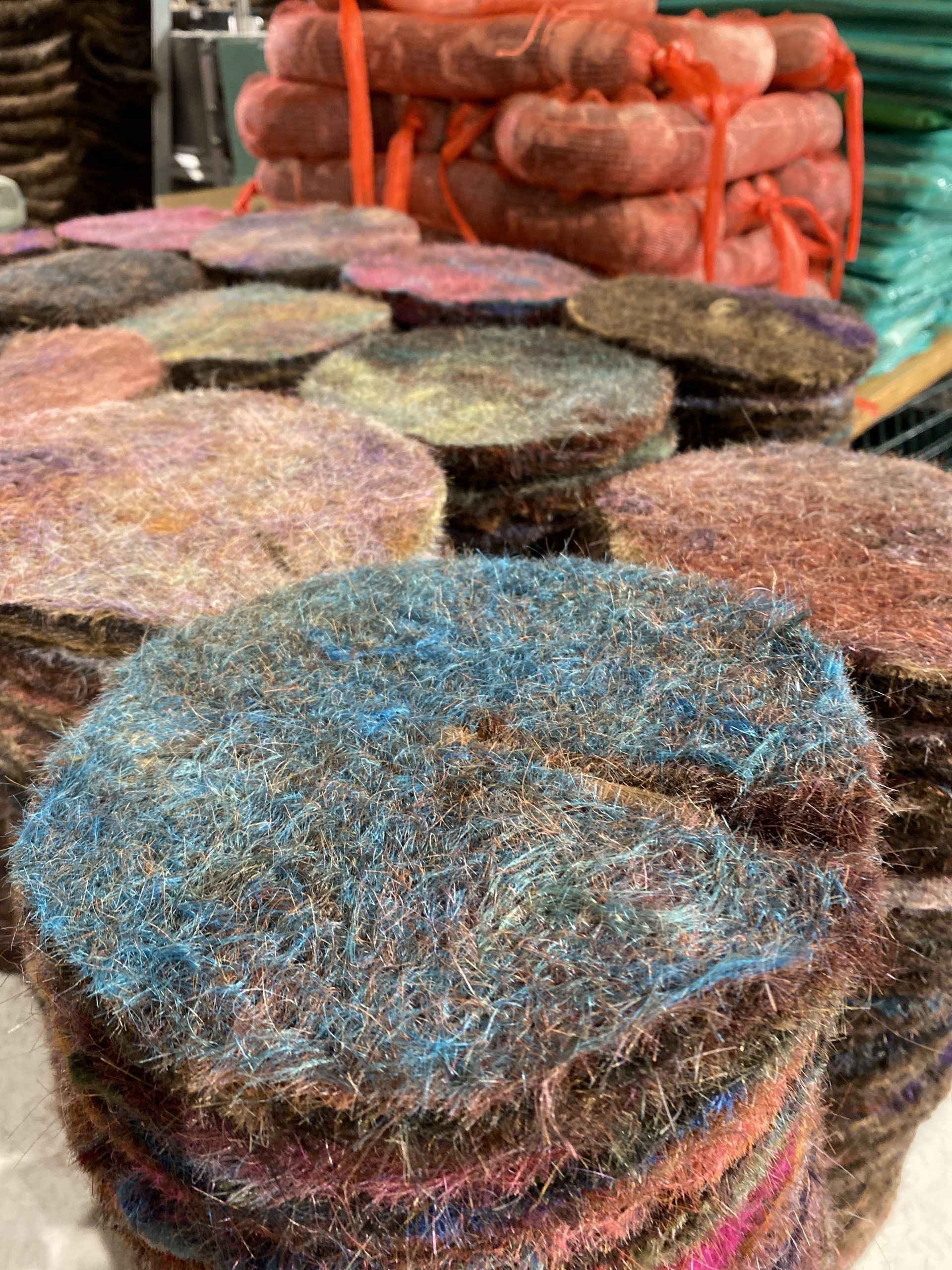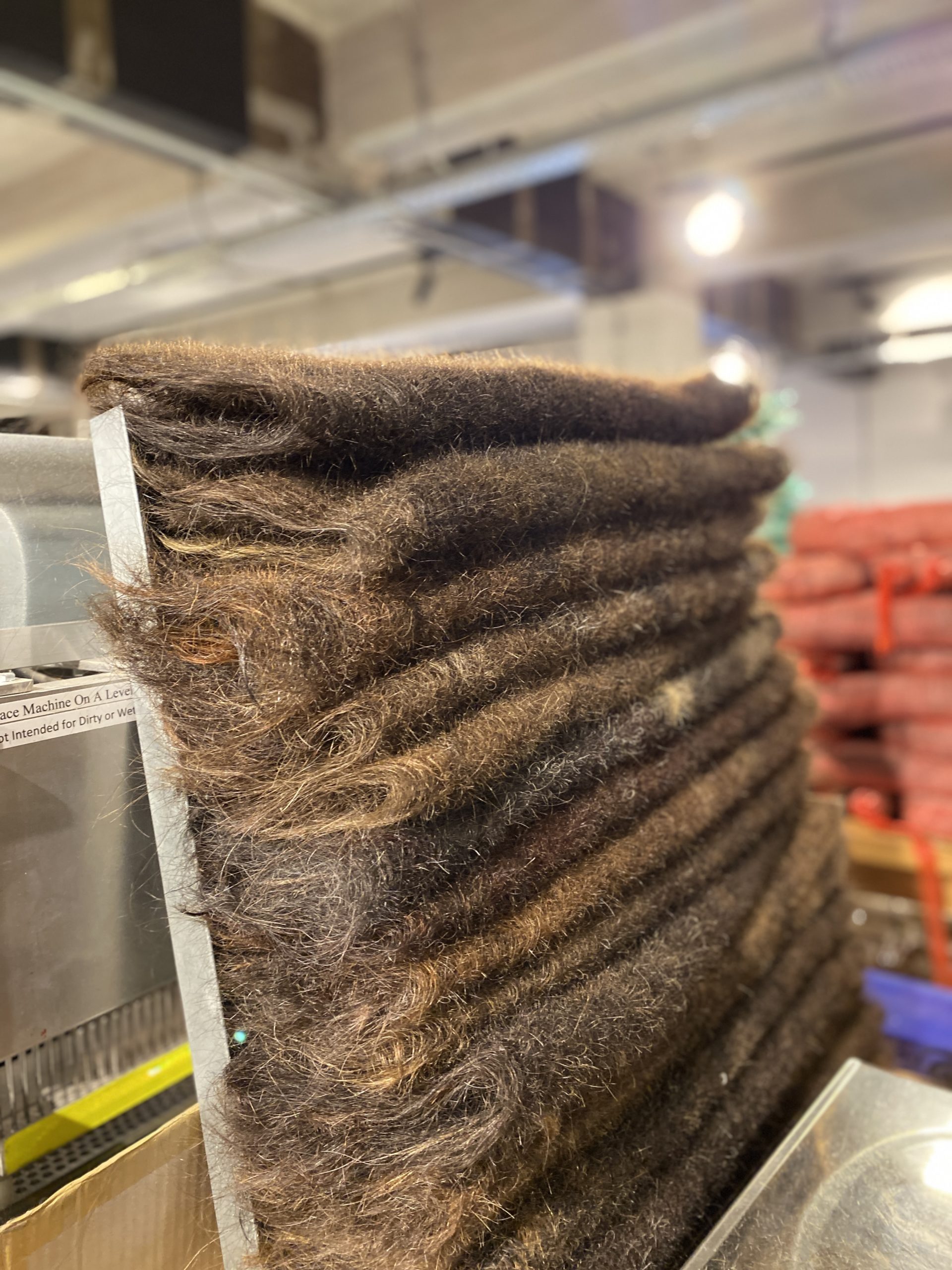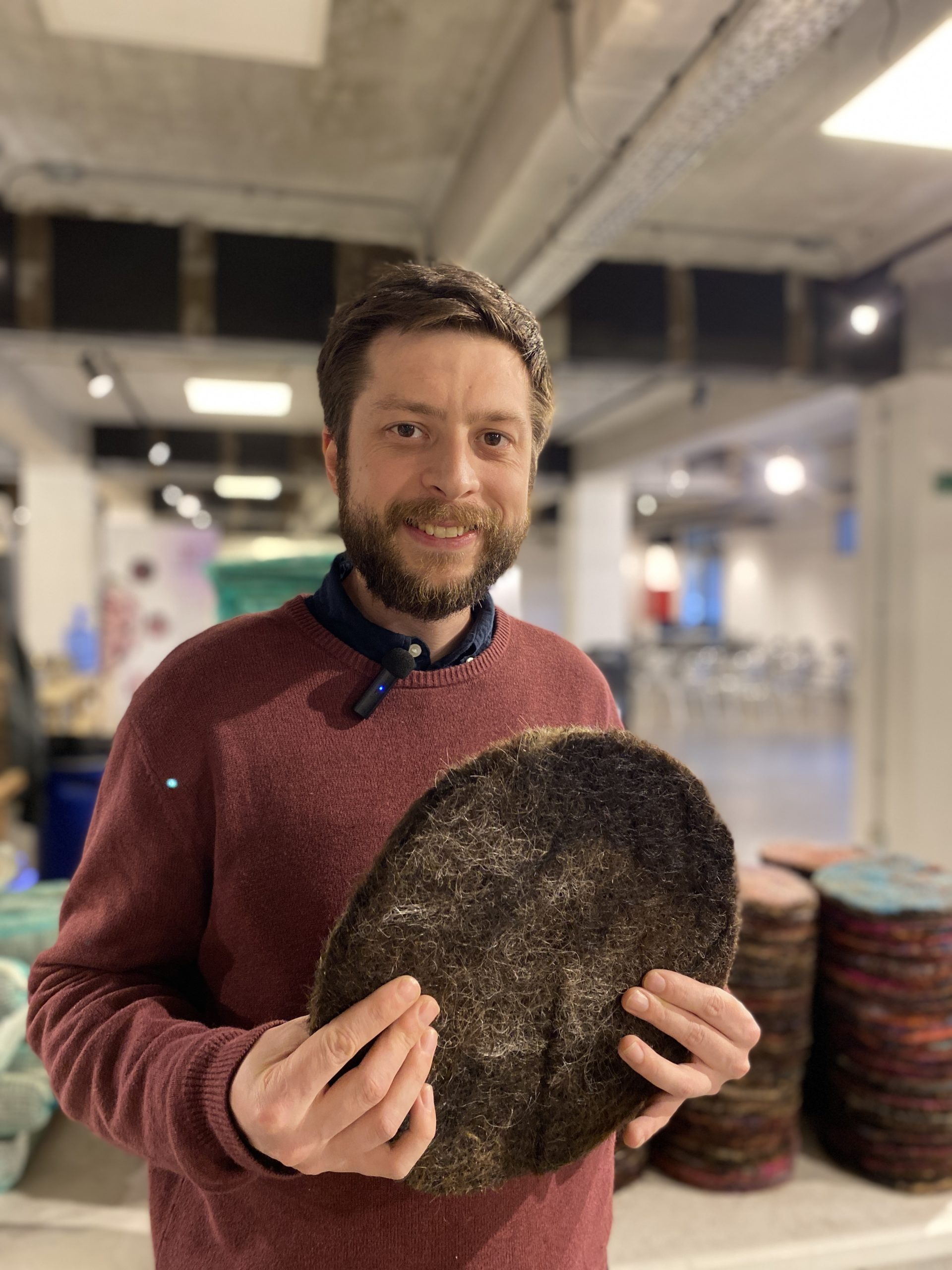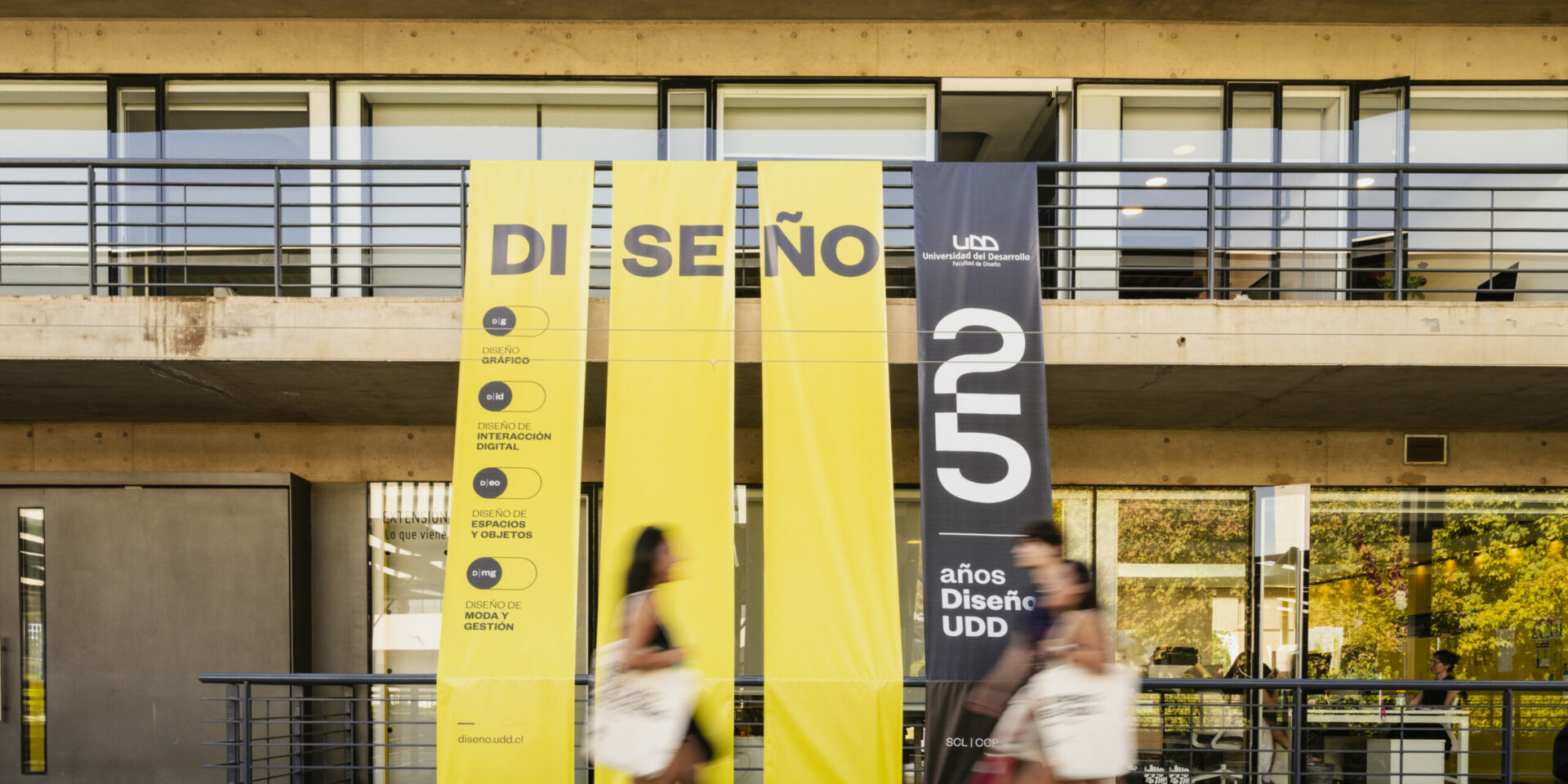
On this occasion, the competition’s primary objective was to call for projects that deliver sustainable design solutions for the planet’s present and future.
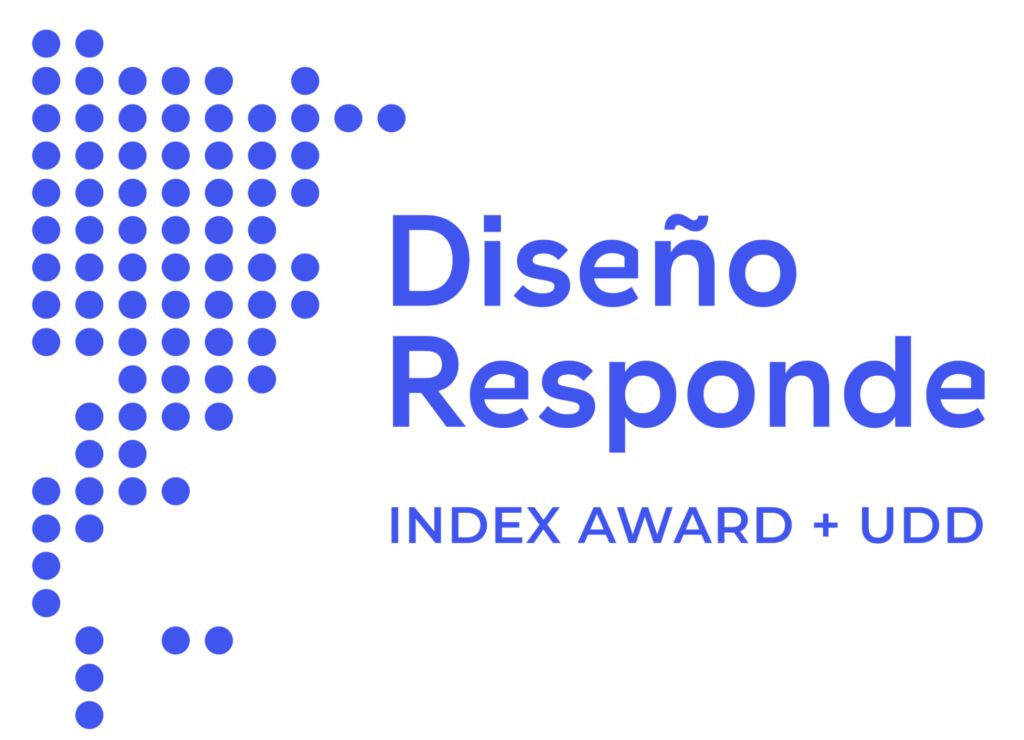
Universidad del Desarrollo’s Design School and the Danish non-profit organisation The Index Project recently organised the second edition of the Diseño Responde, Desafío Latinoamericano Index Award+ UDD competition. This year’s theme was Sustainable Design, and participants were required to submit projects that fit into one of the following categories: work, body, learning and play home and community. Each project had to address at least one of the 17 UN Sustainable Development Goals (SDGs) to be eligible for the competition.
The Diseño Responde, Desafío Latinoamericano Index Award + UDD competition encourages young Latin American talents to showcase their creativity and become agents of change worldwide. Participants from various disciplines, including students and graduates, present sustainable design solutions to address global issues affecting people and ecosystems. The aim is to stimulate, expose, and visualise the talents of these individuals and their potential to solve pressing problems facing our planet.
The inaugural edition of the competition, held from 2020 to 2021, centred around combating COVID-19. This theme brought together numerous young talents from the continent who devised innovative proposals to tackle the pandemic.
Alejandra Amenábar, dean of the Design School at UDD, valued the quality and innovation of the projects received on this occasion. «The results of the first version of the competition left us pleasantly surprised, as well as the great interest shown by young people from the continent in proposing initiatives to combat the pandemic. In this version, we were particularly interested in experimentation and the connection that design has with science, especially in creating new biomaterials that enable us to generate new design solutions from them. Biomaterials for construction, clothing and agronomy, among others.»
A panel of international experts from diverse fields such as design, art, science and teaching served as the jury for the competition. They carefully evaluated the 43 finalist projects and ultimately selected five winners. It’s worth noting that the finalists included entrants from several Latin American countries, including Guatemala, Mexico, Argentina, Brazil, Peru, Colombia and Chile.
Community Category: Agropelo, Chile
Project description: Agropelo is a mulch made from human hair recovered from a network of more than 250 hairdressing salons. This mulch offers several benefits, including reducing soil moisture evaporation by up to 71% and saving up to 48% of irrigation water. It maintains soil moisture, reducing direct evaporation by 71% and saving up to 48% of irrigation water. It also helps prevent weed growth, protects roots from the cold, and adds nutrients like nitrogen, calcium, chloride, and sodium to the soil. These benefits ultimately lead to improved plant growth and higher-quality yields. This innovative product can help reduce water usage in agriculture and promote soil regeneration.
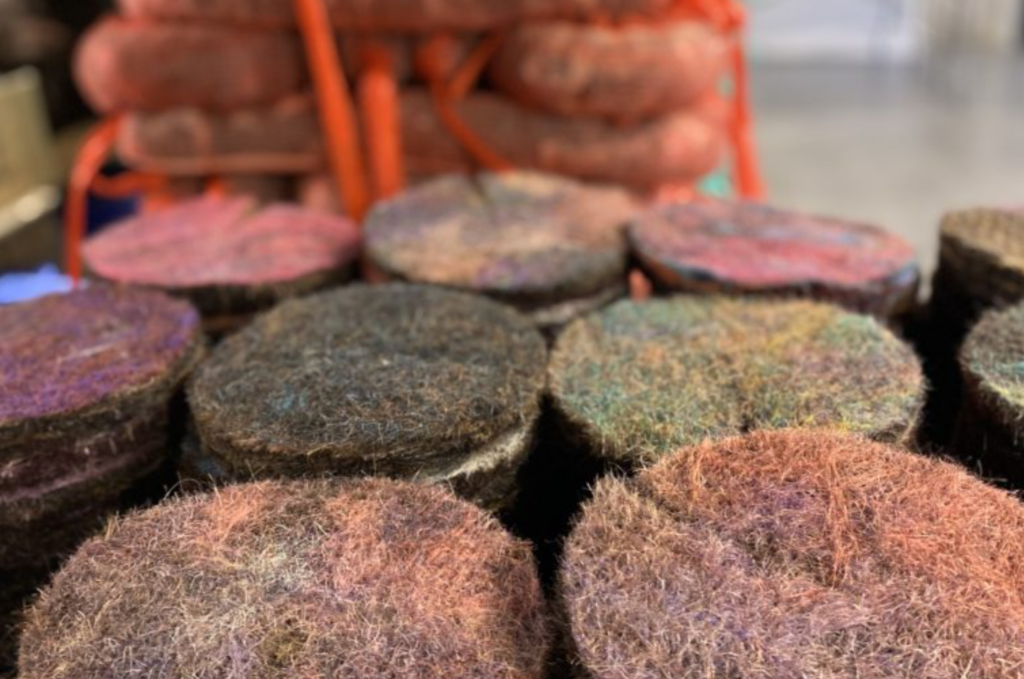
Body Category: CARBO, Colombia
Project description: This project aims to combat the growth of Sargassum algae in Latin America by extracting sodium alginate from it. This substance is essential for producing bioskins used in CARBO, a type of bioplastic. The project creates sustainable bioplastics that can contribute to developing local economies and help the affected ecosystems. By blending these algae with activated carbon, CARBO can replace harmful materials like petroleum derivatives in the fashion industry. CARBO is similar to cowhide and is biodegradable, providing a solution for carbon sequestration.

Home Category: Cespress, Chile
Project description: Cespress adds value to the grass waste left over from lawnmowers. It starts with door-to-door grass collection, which undergoes a cleaning process to remove impurities. Six recipes are developed with the material and subjected to extensive experimental tests: fire retardancy, compression, thermal transmittance, and tensile. It can be subjected to tooling and CNC technologies. It stands out for its ornamental mechanical physics properties, its focus on raw materials, and its infinite product lines.
Work Category: Polychromatic Polymer, Colombia.
Project description: This project suggests an alternative to traditional building materials that can improve the natural environment through decomposition. By focusing on elements such as opacity, texture, and colour, bioplastics were incorporated into architecture to create diverse living conditions and control light and chromatic qualities. This results in a flexible piece that can be easily adapted to the space’s intended use.
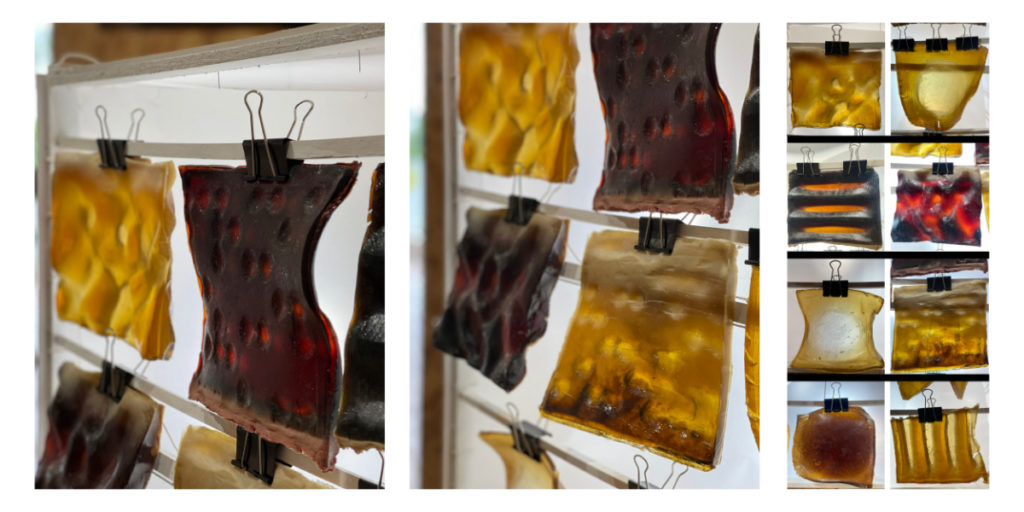
Learn & Play Category: Clima, Argentina
Project description: The climate crisis is a fact and the ecosocial transition cannot be postponed. Understanding this motivated the team to a book that is not only relevant to the conversation but also actionable and accessible to a wide audience. An interdisciplinary team developed a design framework based on three axes: what is desirable for humanity, what is sustainable for the planet and what is feasible in every sphere of society. The outcome is a comprehensive approach that encourages open dialogue between various fields of knowledge, without any form of competition.
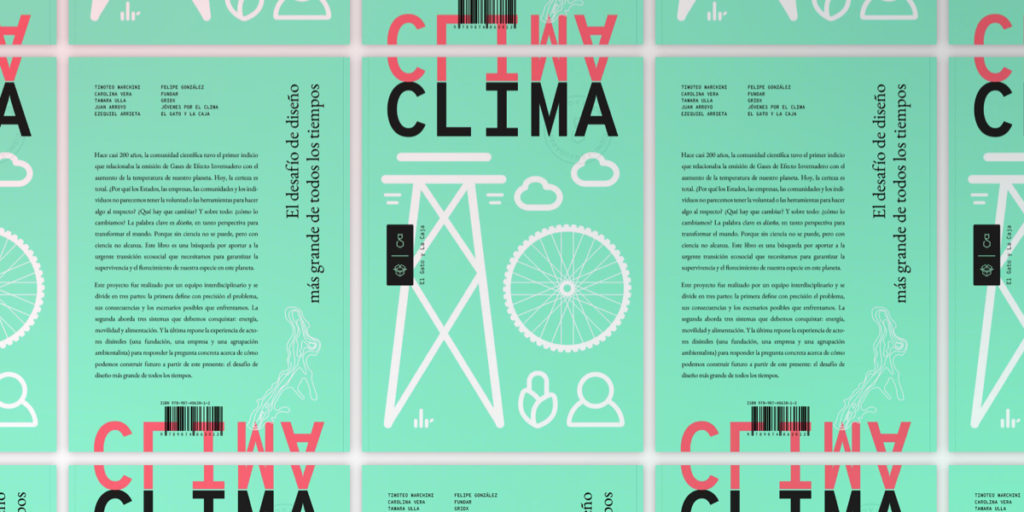
Winner of winners
In this edition of the competition, the organizers aimed to provide an extra incentive. Apart from winning a cash prize and getting selected for the final round of the prestigious international design competition, Index Award, which is often referred to as the Nobel Prize for Design, the chosen five winners were eligible for an added benefit. One of the five winners received special recognition, which included a trip to Denmark for a representative of their team and an opportunity to receive mentorship from UDD Ventures, the Universidad del Desarrollo’s accelerator.
The winning project was Agropelo from Chile, part of the Community category. The objective of the project is to reduce water usage in agriculture and regenerate the soil. This is achieved by utilizing human hair waste that is collected from hairdressing salons.
